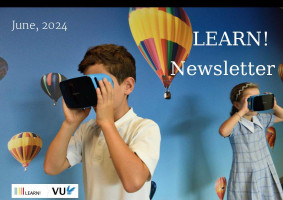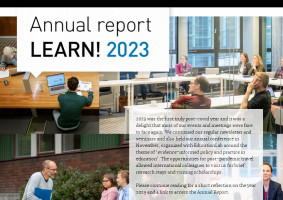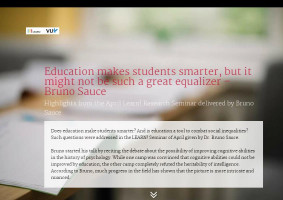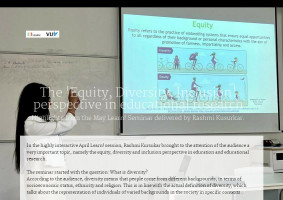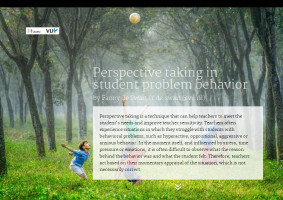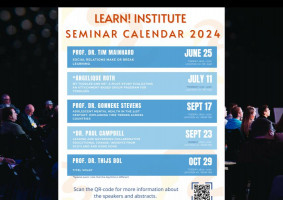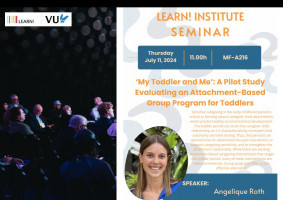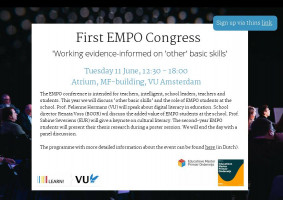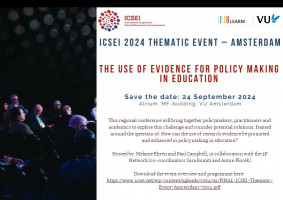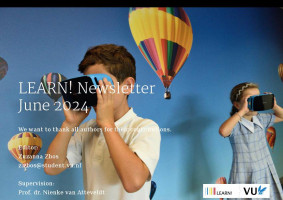In the highly interactive April Learn! session, Rashmi Kursukar brought to the attention of the audience a very important topic, namely the equity, diversity and inclusion perspective in education and educational research.
The seminar started with the question: What is diversity?
According to the audience, diversity means that people come from different backgrounds, in terms of socioeconomic status, ethnicity and religion. This is in line with the actual definition of diversity, which talks about the representation of individuals of varied backgrounds in the society in specific contexts.

Next, it was discussed what equity stands for and the difference between equity and equality was discussed. The audience highlighted the differences by giving an example: if two people of different heights are standing behind a fence, equality means giving each individual a box to stand on of the same size in order to get a better view. Equity means giving each individual a box adjusted to their height, so everyone can get the same view. Equity can thus be defined as the practice of embedding systems that ensure equal opportunities to all, regardless of their background or personal characteristics, and with the aim of promotion of fairness, impartiality and access.
Everyone then took a moment to reflect on what inclusion stands for. The audience gave a whole variety of answers to this question, which is also reflected in the literature where inclusion is defined in many different ways. Although there is no clear definition of inclusion, its two most important parts are a sense of belonging and empowerment to be able to make meaningful contributions. Thus, equity, diversity and inclusion form an interrelated system and they should always be considered together.

Finally, positionality was discussed, which refers to the reflection on and understanding of one’ s personal values and perspectives which are shaped by social identities and experience. Positionality can vary across situations. For instance, your positionality is probably different in your country of origin compared to your positionality abroad. It is important to understand your positionality in order to help others in settings such as the classroom and health care. People with privilege can sometimes find it hard to visualise or understand the barriers faced by an underprivileged person.
More about the definitions discussed above can be found here: https://www.ncbi.nlm.nih.gov/pmc/articles/PMC10331846/

The second part of the seminar was devoted to equity, diversity and inclusion in education and educational research. Here, research about the ethnic minority background students in medicine was discussed. Numerous studies have shown that ethnic minority background students are less likely to be selected for or admitted to study medicine. Furthermore, they are less likely to become specialists in medicine.
Example studies on the topic can be found here:
- https://link.springer.com/article/10.1007/s40037-021-00679-4
- https://pubmed.ncbi.nlm.nih.gov/35236235/
- https://pubmed.ncbi.nlm.nih.gov/36316069/
- https://www.thelancet.com/journals/lanepe/article/PIIS2666-7762(23)00168-0/fulltext
In order to achieve more equity, it is important to strive for equity, diversity, inclusion policies and inclusive educators and leadership in education. Furthermore, it is important to be aware of the blind spots in education and health care research, such as colonisation of healthcare education curricula and stereotyping.
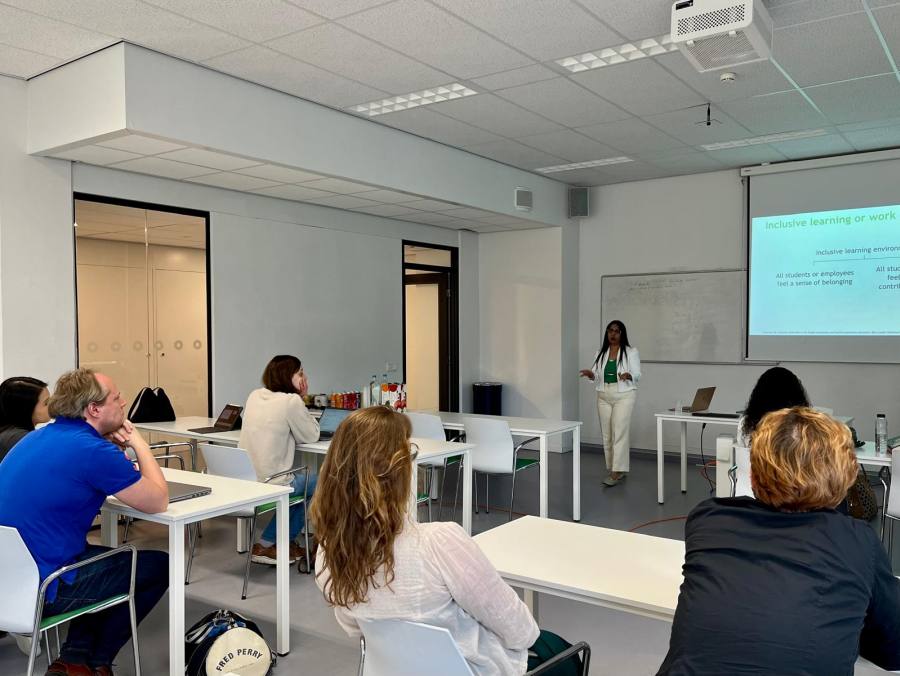
To conclude the seminar, Rashmi left the audience with some food for thought by asking everyone to reflect on some very important questions. Now we invite you, the reader, to ask yourself the following:
- Do you formulate your research questions to include diversity aspects in society?
- Does the research sample you are using reflect diversity in the society?
- And did you include different aspects of diversity in the process of data analysis?
Interested in more?
Here you can watch and read Rashmi's Inaugural Lecture:
- Youtube: https://www.youtube.com/watch?v=IuNqbtO_Do4&list=PLweFK8eGfjzRzqERntmtB1BV_hsskmdQN&index=3&t=1s https://www.youtube.com/watch
- Booklet: https://research.vumc.nl/ws/files/61182121/Kusurkar_Inaugural_lecture_The_ABC_of_Inclusion_and_Motivation_2023.pdf
And here you can access a selection of video clips on the topic of the EDI perspective:
